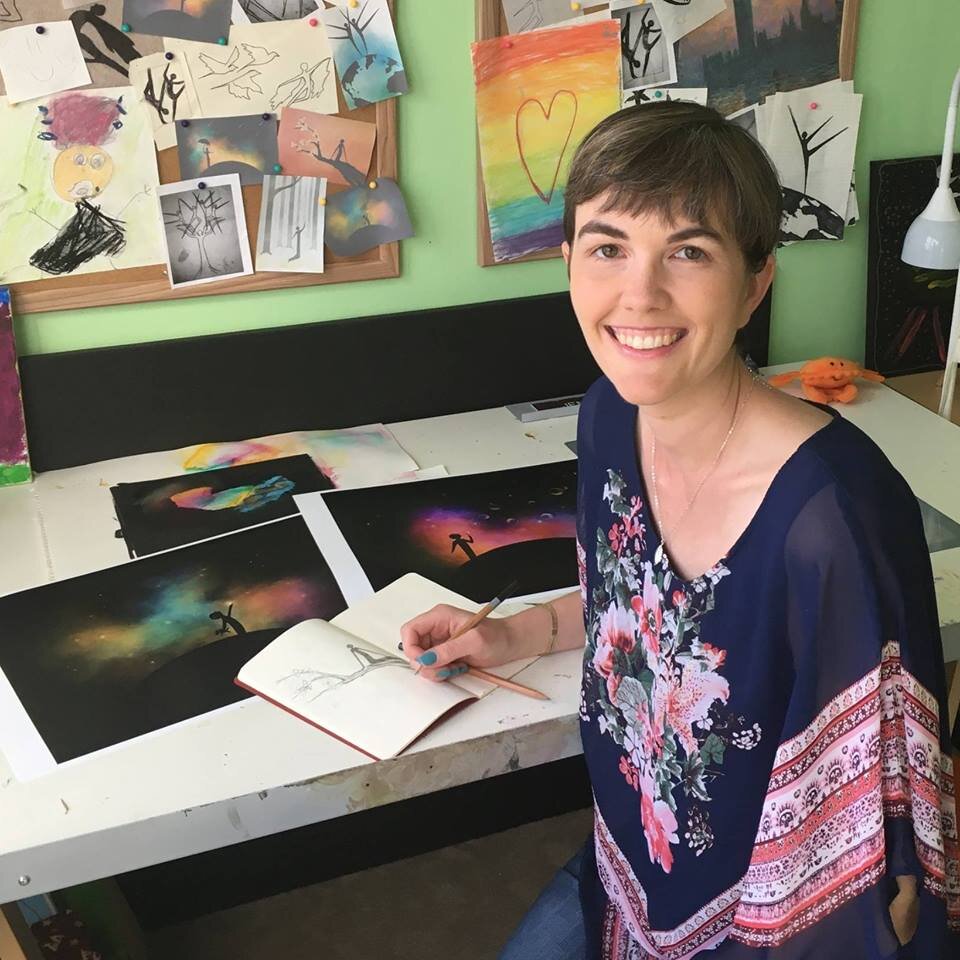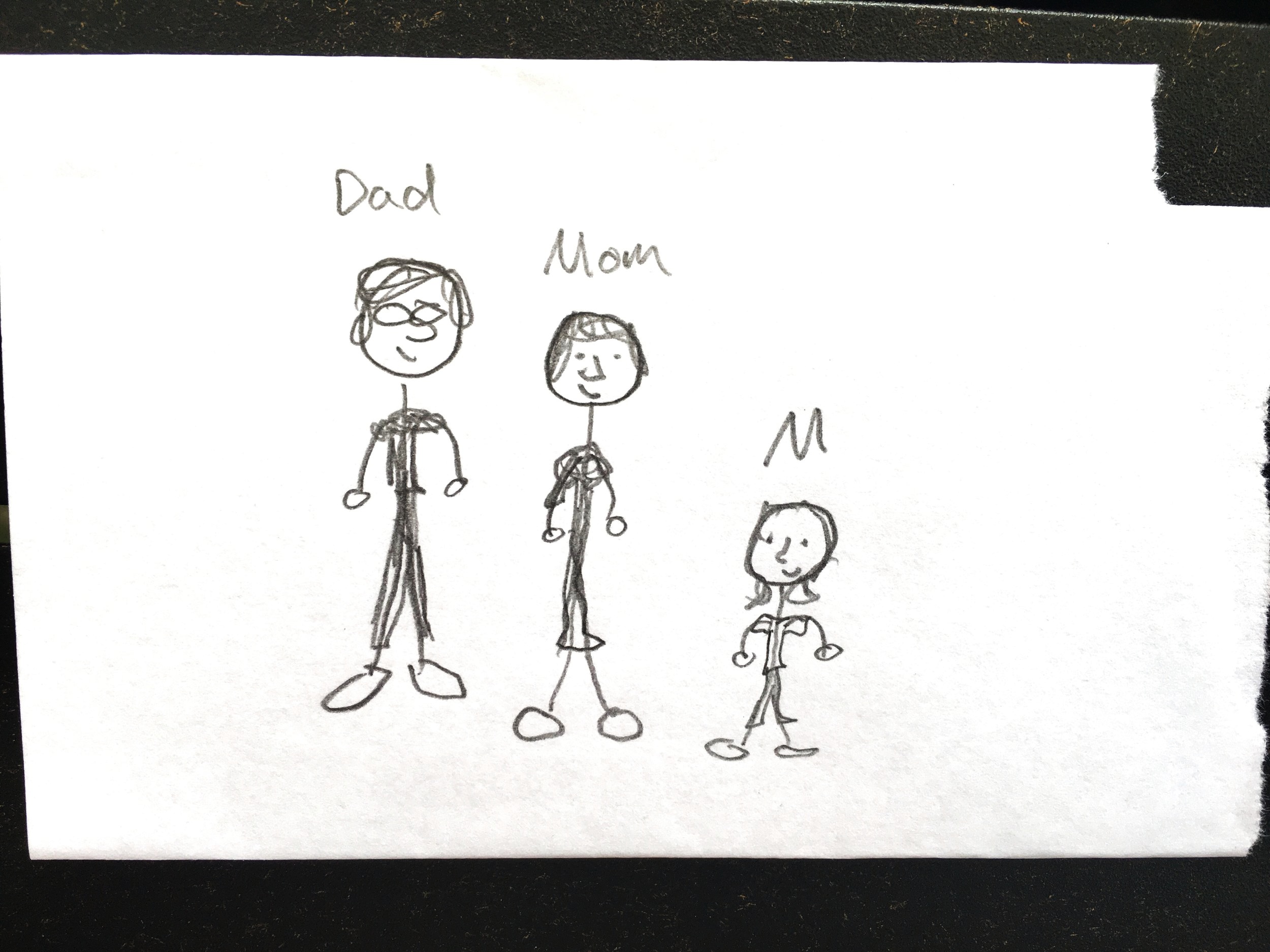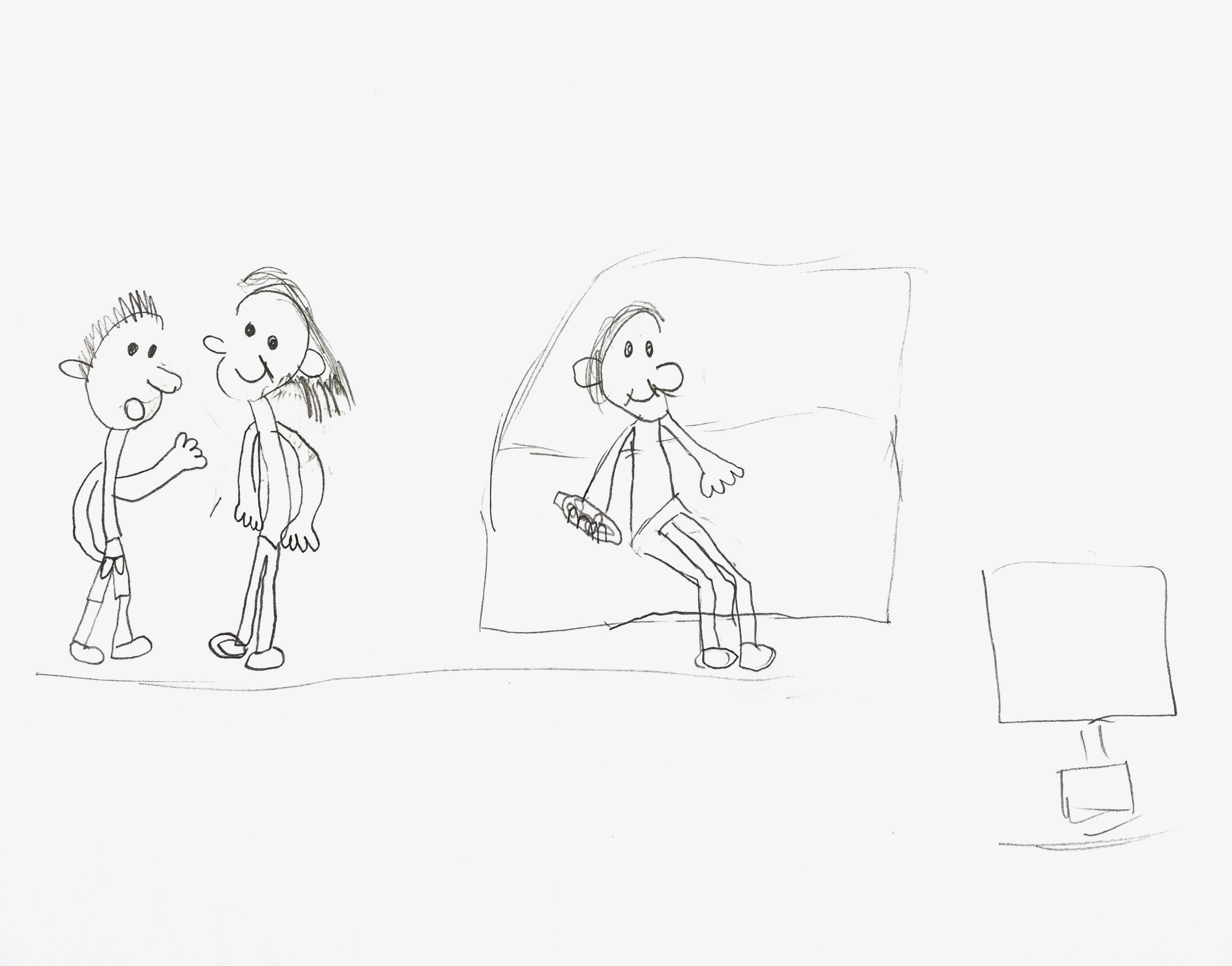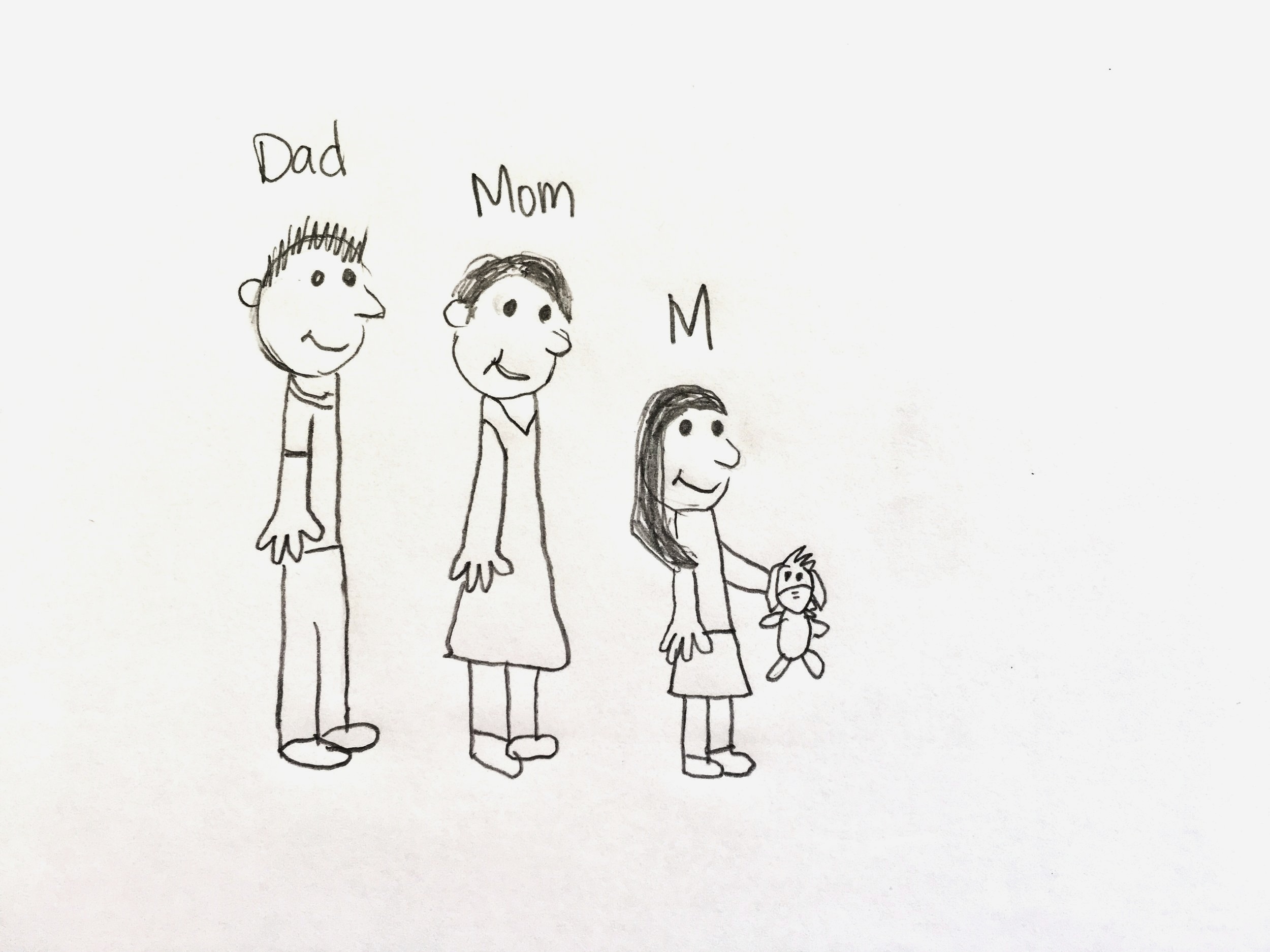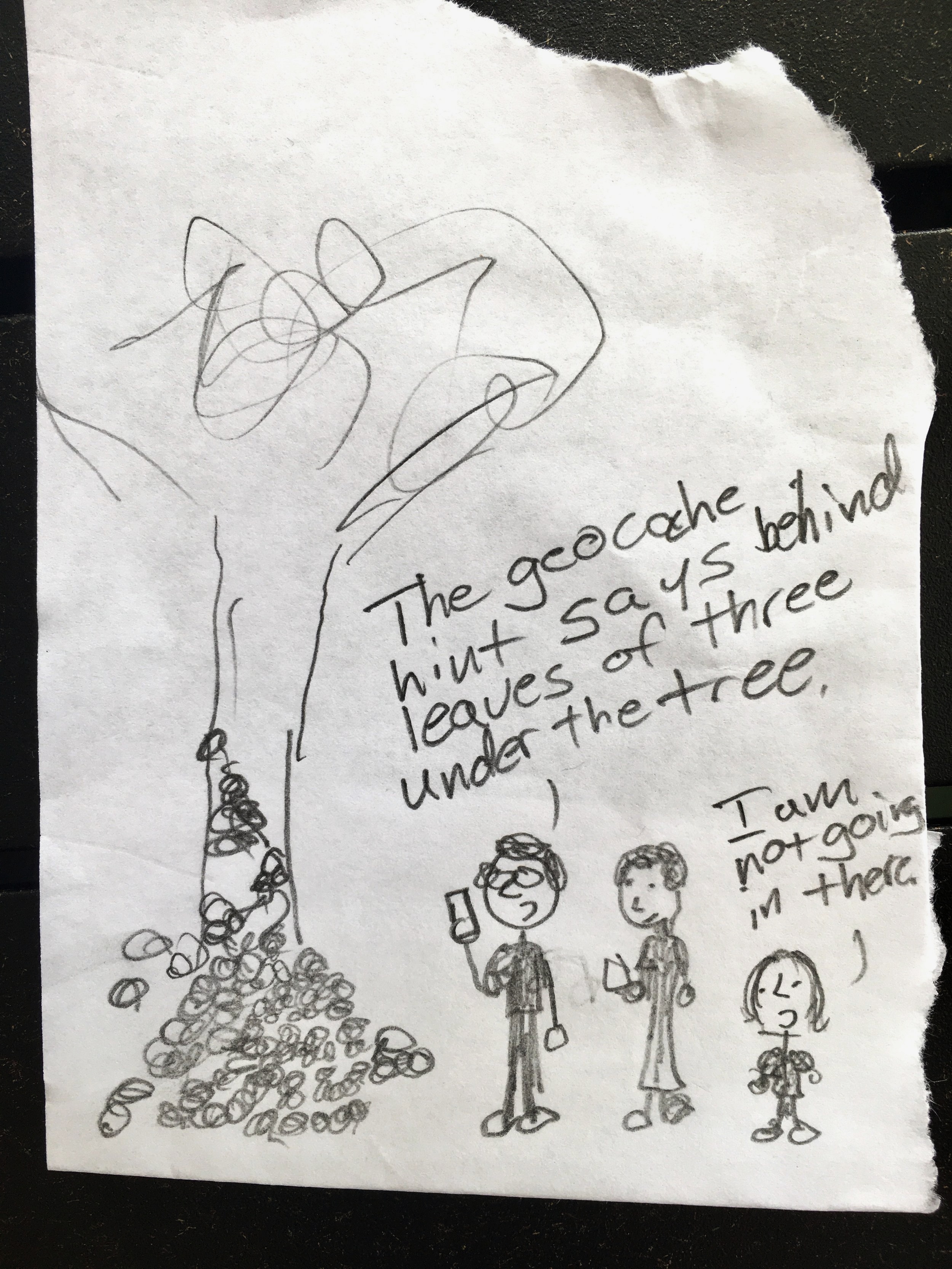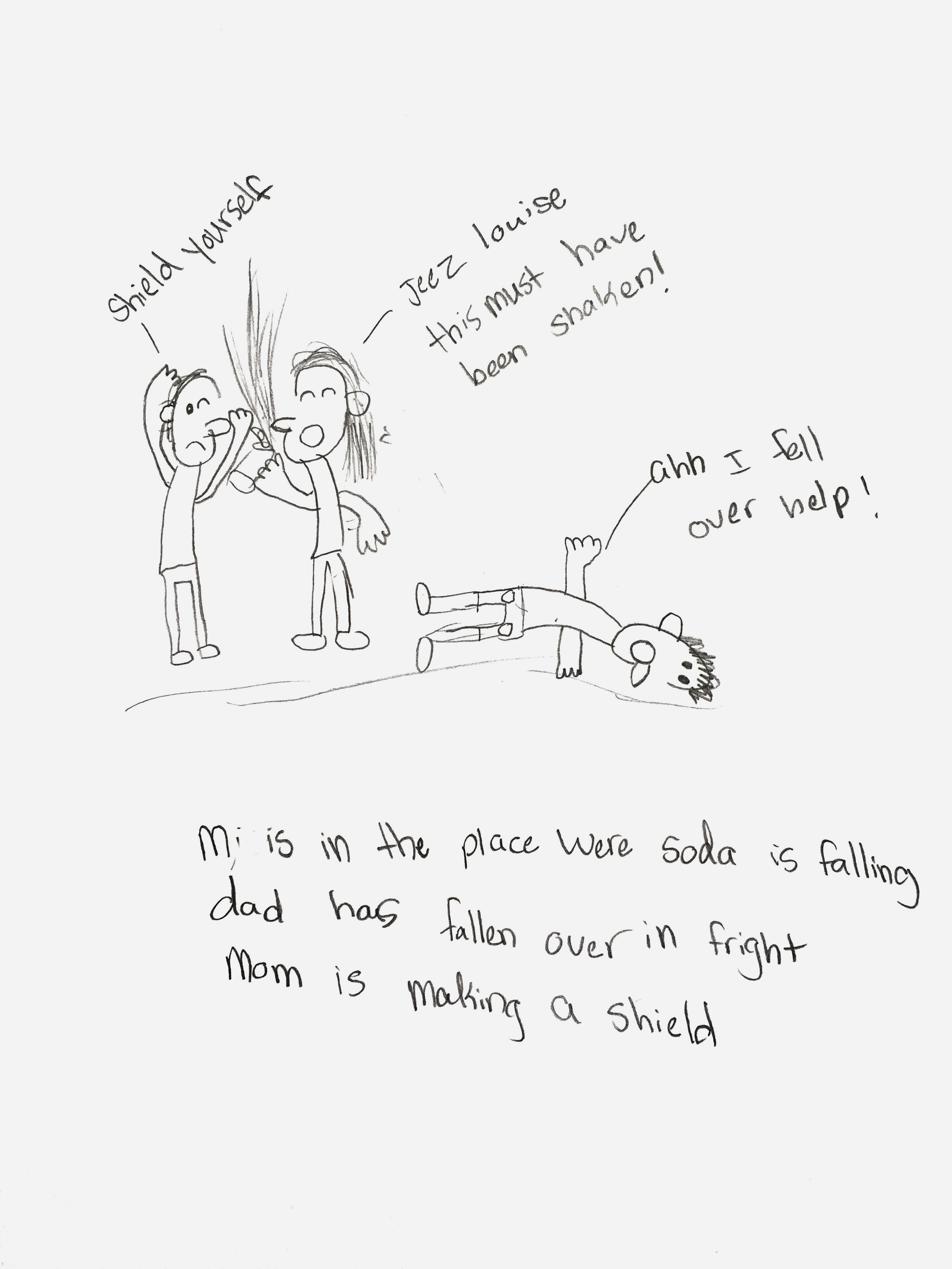Diary of a Wimpy Kid: When Words and Pictures Collide
Do your kids like the Diary of a Wimpy Kid series, by Jeff Kinney? My daughter most definitely does. She’s enjoyed them for years. They are not the kind of middle-grade fiction that I would pick up and read myself (I’m not really the target audience), but I have truly enjoyed listening as M has read several of them aloud to me. She thinks they are hilarious and will gladly read them any day of the week. I’d love a little more variety in her reading choice, but she’s reading, so I’m happy.
To me, these books are an awesome bridge between a novel and a graphic novel. This is important, as I’ll be discussing comics and graphic novels in a couple of weeks. The Diary of a Wimpy Kid books seem like a great way to start the conversation about the power of storytelling using pictures. Though these books still rely heavily on words to move the story along, the pictures are an extremely important part of the finished product. They help to set the scene and the tone of the books. Without them, the books wouldn’t be nearly as popular or fun to read.
So, lets talk about the illustrations in Diary of a Wimpy Kid. They are one of the things I love about this series of books. The pictures are meant to be drawn by Greg himself, a middle-school-aged boy. These drawings are part of the journals that he keeps. They are simple. Nothing fancy, but they add so much to the story. They show us that drawings don’t have to be complicated or incredibly detailed to be worthwhile. We don’t need amazing technical drawing skills to tell our stories through images. Even the simplest pictures in the books have the power to convey so much of what’s going on or how the main characters feel about the action. Take a look at how Jeff Kinney can create simple characters, but show so much emotion on their faces, with little detail.
Quite apart from the illustrations, which I find inspiring in their simplicity, another thing that I enjoy about the Diary of a Wimpy Kid series is how the author pulled from his own life experience to create the character of Greg Heffley. He used some of his own history to come up with the crazy situations that Greg often finds himself in. Much of the storytelling begins with fairly average day-to-day events in the life of a middle-schooler and his family. Things may go a little out-of-control from there, but we all have these little moments and stories to draw from in our own lives. These books show that even the most mundane parts of our day can be turned into a story, can be made interesting. This is because we can relate. We have those times in our lives, in our days, and we can see ourselves in the characters.
There are many times when I shake my head at Greg’s questionable decision-making. There are many times when I roll my eyes as my daughter cracks up. There are also times when I genuinely laugh, times when I remember how awkward and challenging and funny it was to be a child. I can’t help but like a series of books that can get my daughter interested in reading. I can’t help but appreciate the creativity involved and the inspiration it provides. I also appreciate the vulnerability of sharing one’s own childhood hijinx and mistakes for a laugh.
If you have a reluctant reader, these books are great. If you’re interested in learning how to tell a story using both words and pictures, something longer than a picture book, these are a fantastic starting point. In a couple of weeks, I’m going to turn my attention to graphic novels and comics, a form of storytelling that often relies even more heavily on pictures. So, let’s take a look at how Diary of a Wimpy Kid can get us started, can help us get comfortable using our pictures to add to our stories. Take a look at the books and remind yourself, the pictures don’t have to be anything more than stick figures to get your point across.
Gently Guided Activities:
Activity #1 Let’s try drawing our families or close friends using the simple style of Jeff Kinney as inspiration. Your drawings won’t look quite like his. You’ll have a style all your own. Just remember to keep it simple. What features of your family members most stand out? What little thing can you add so that others will know who you’ve drawn. Is it a hairstyle? A pair of glasses? After you’ve got your cast of characters, draw them all together in a scene. What’s going on? Is it dinner? An argument? A fun trip to the amusement park? Just draw one simple scene with multiple characters. Add words underneath. These words can tell us a little more about what’s going on in your picture.
Activity #2 Most of the events that occur in Diary of Wimpy Kid are simple and every day moments. Using the characters that you’ve created in the activity above, write a short story about a funny thing that happened in school or a simple moment from your life at home. Use both words and pictures to tell your story. You may not think your life or your family are interesting enough to write about, but everyone’s is. Think of a moment that made you laugh or a moment that you rolled your eyes or thought something was ridiculous. Think of a moment you felt happy or loved. Bring those moments to life with words and simple pictures.
